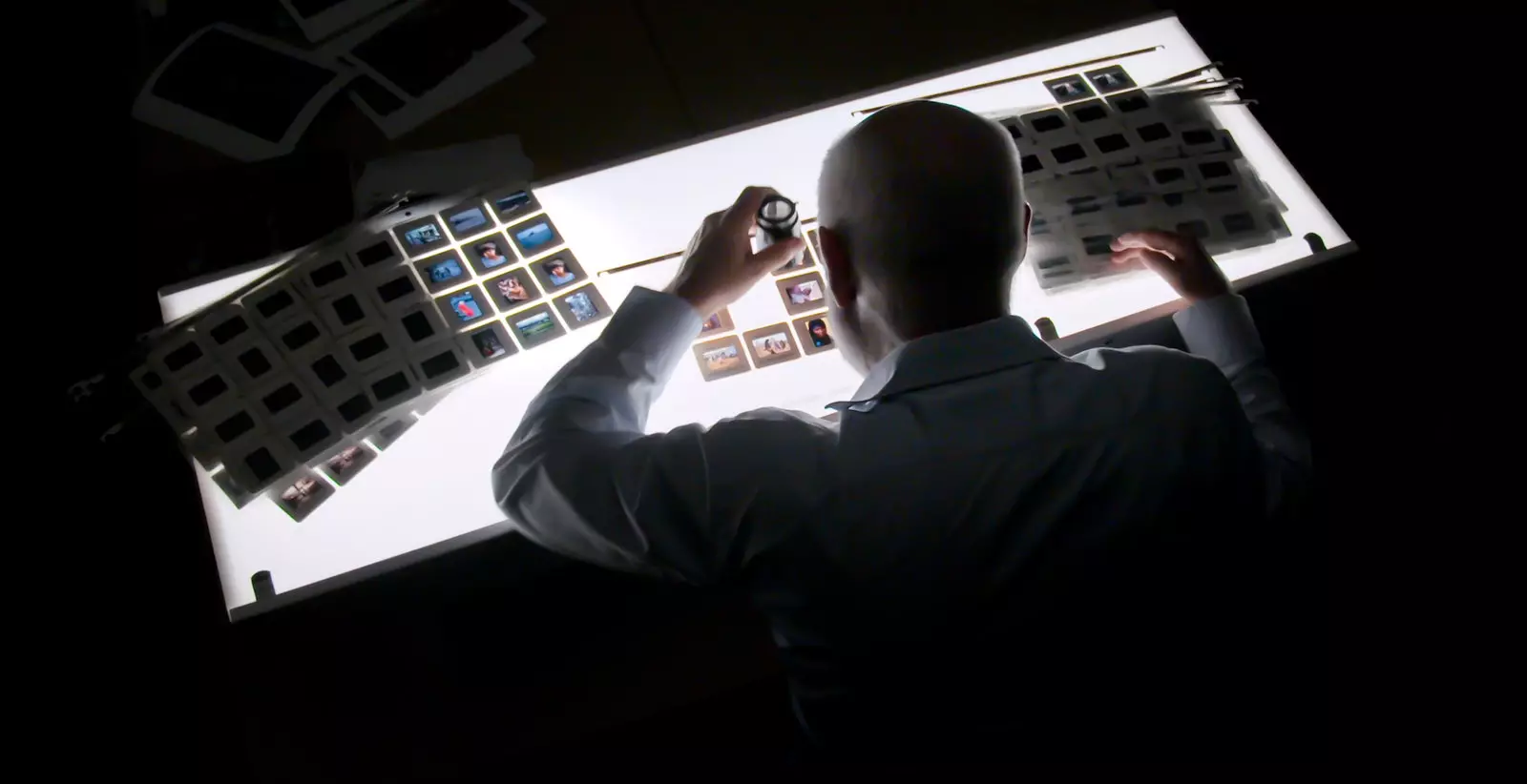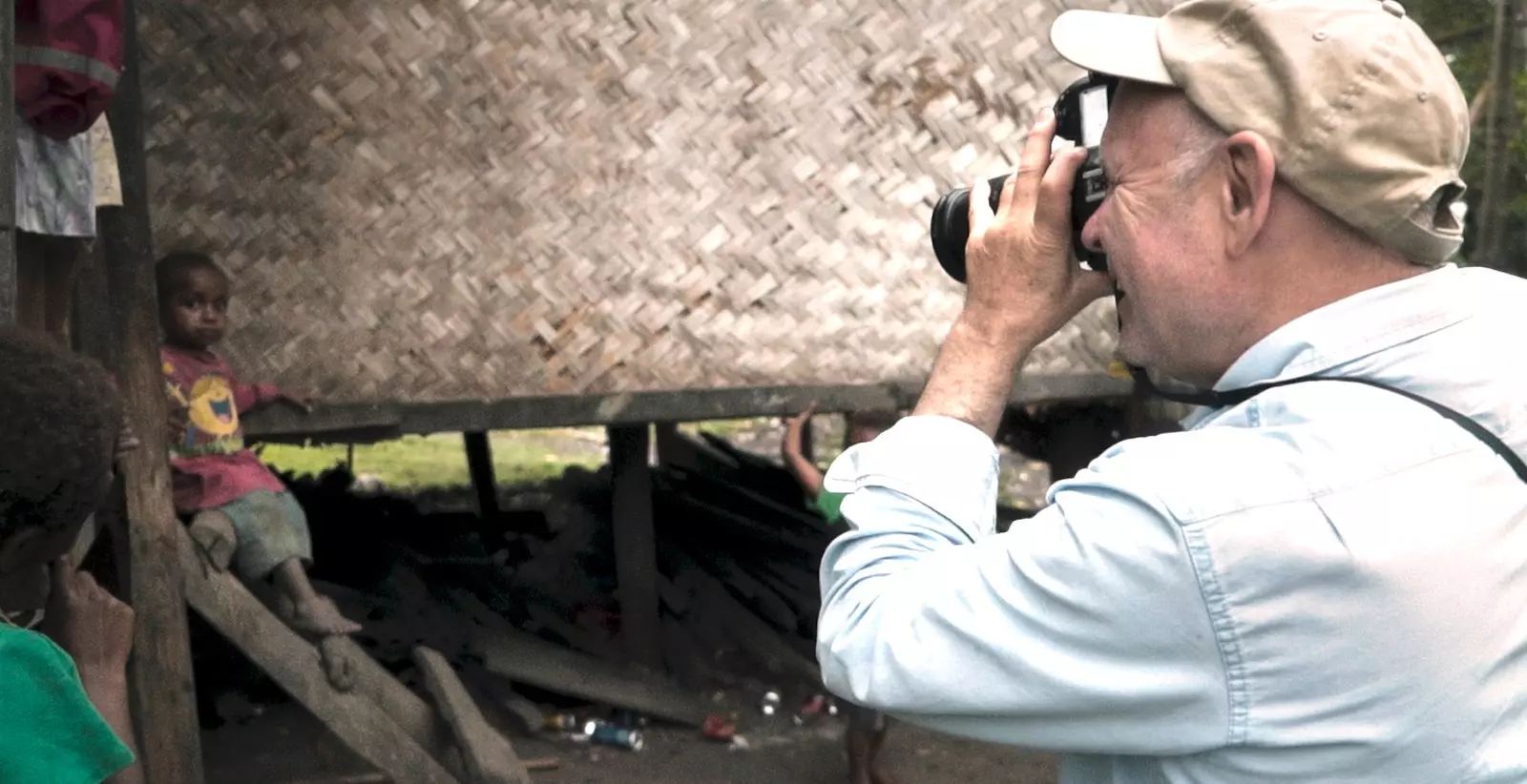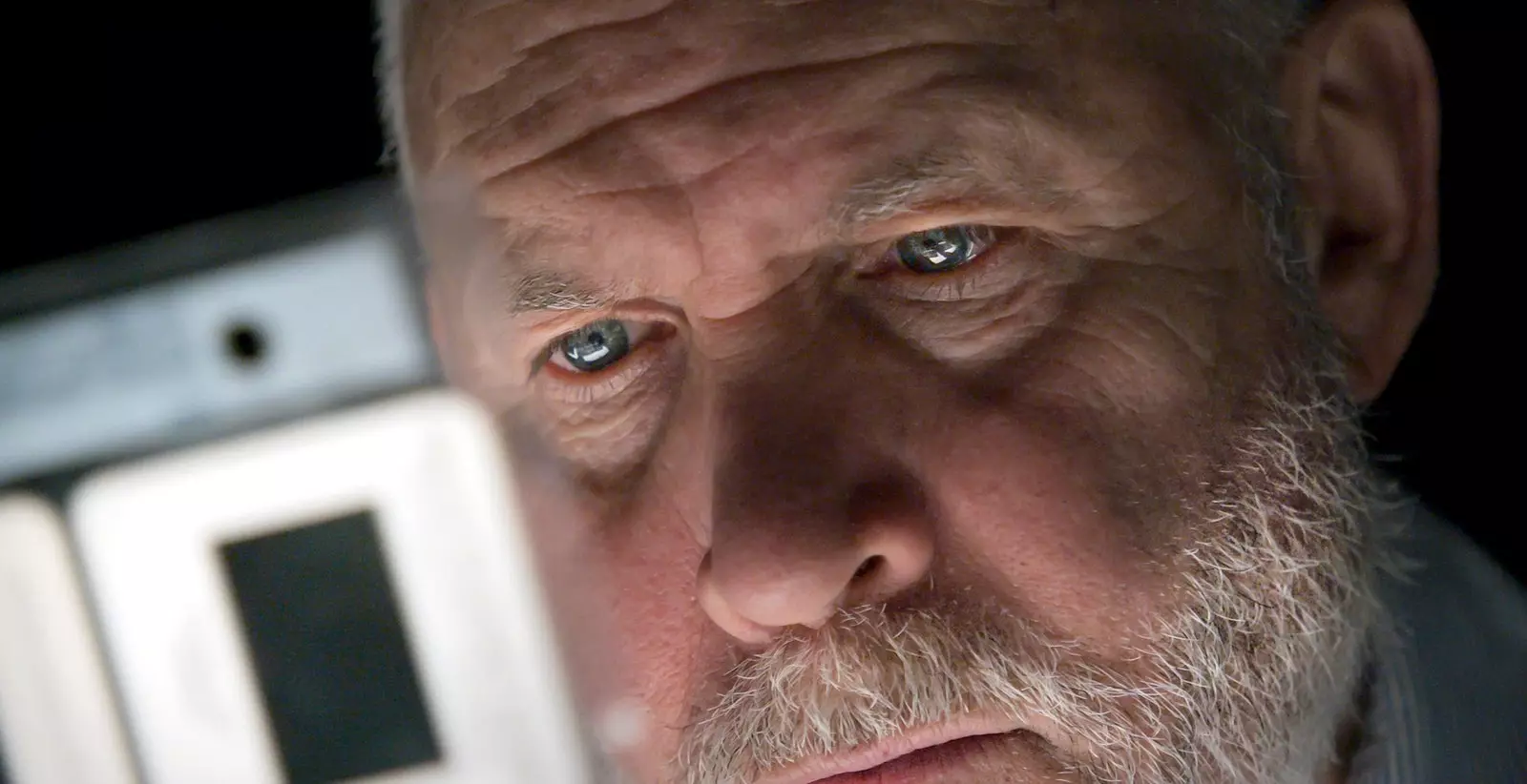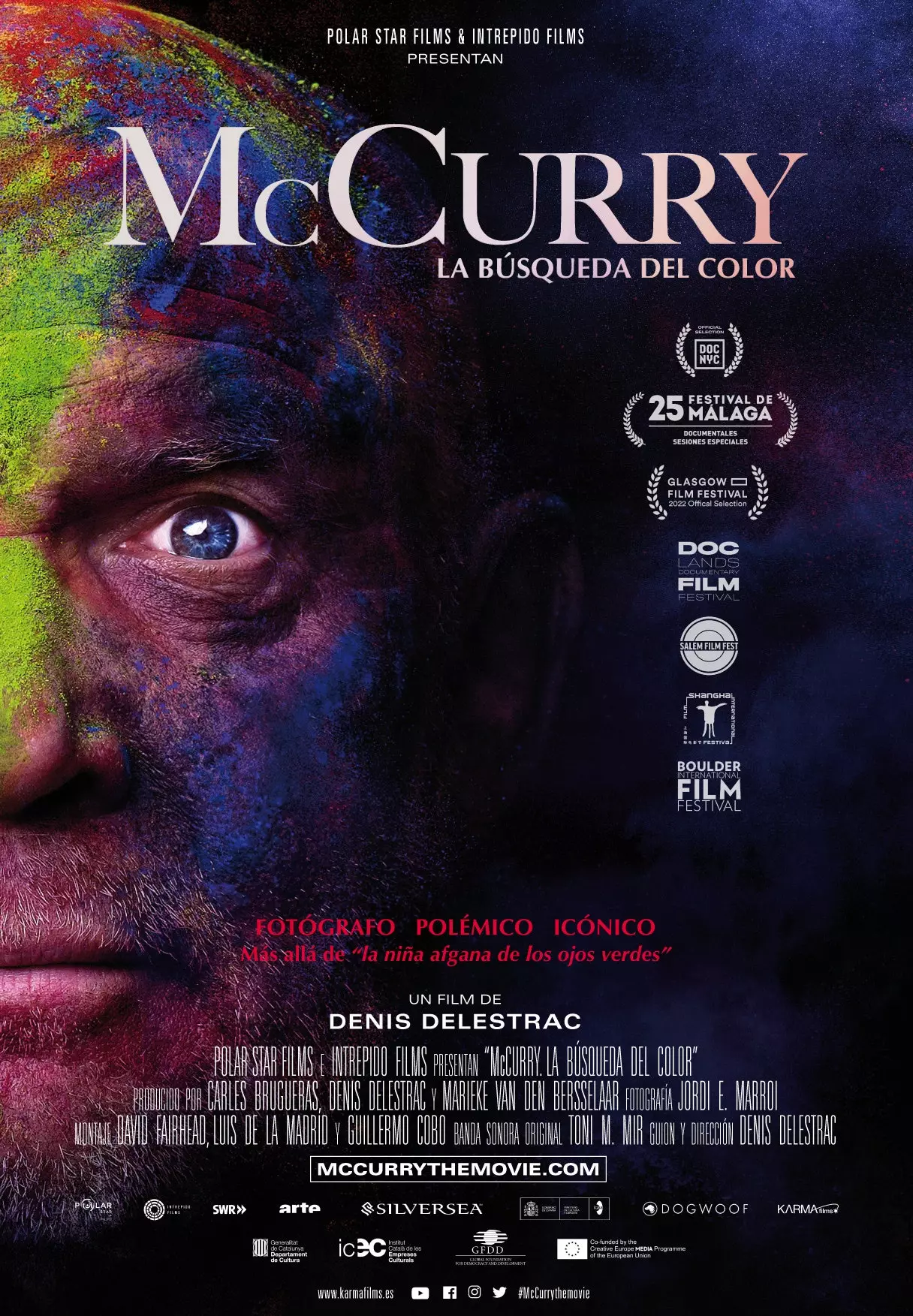“The photographer of the Afghan girl. That will be his obituary ”, they say as soon as the documentary begins McCurry, the search for color. Y Steve McCurry nods silently. He knows. It is the most famous photograph of him, the one that made him one of the most celebrated photographers and known to the world.
Those green eyes full of dignity in the face of the injustice of war and humanity were full of truth and pain. The contemporary Mona Lisa, an inscrutable gaze that the American was able to capture in a few minutes when entering a girls' school in a refugee camp in Afghanistan.
However, the documentary McCurry, the search for color (Theatrical release June 3) It goes far beyond that iconic photograph. Travel to the before and after. To McCurry's childhood and to all his later life, four decades dedicated to, as the title says, “pursue color, seek diversity”. Because color for him is not only the reds, greens or blues that can highlight a snapshot, but also, they are the different races, the diverse peoples, the primitive cultures: humanity.

In his study, going through old slides.
“Photographing is knowing how to appreciate the world”, he explains he. He has learned to appreciate it, love it and respect it by going through it in its entirety. In zones and moments of conflict, as the success of his career began, and in peaceful places and times. At 72 years old, he is still trying to discover remote corners of the planet, although he assures with some sadness that they no longer exist. Globalization and progress are devouring them.
Some time ago a vital objective was marked: "Create a photo album of our species." make it before that unstoppable progress absorbs everything. And in those it is. In the documentary, which has been shot over seven years, he goes from Papua New Guinea to India, of New York, where he has had the studio for 35 years and still feels like a stranger, north of Mongolia or the Arctic Ocean.

In Papua, looking for faces and stories.
Few people know that, in addition to being a photographer of war and of the human species, McCurry is a leisurely nature and wildlife portraitist. Human portraits are the best known, but he has a large collection of that nature which is wiser than we are and will remain when we are all gone. He is convinced.
HOW IT ALL STARTED
In the documentary, McCurry himself speaks, who begins by defining himself as “visual storyteller, artist”, not as a photographer or photojournalist. His family, friends and editors also talk about the four decades he has been carrying a camera (or several) in tow.
It all started as a child, says his sister. First marked by the illness and death of his mother; and then a fall he suffered at the age of five, apparently harmless, she got on his nerves and left his right hand almost immobile, even today. People who have known him forever say that those tragedies turned him into a withdrawn kid who he preferred to observe than to be observed. It was probably in his childhood and adolescence that he learned his superpower or his “his social wisdom”: invisibility. The one that makes him disappear when he is photographing, capturing realities, searching for truths.

A visual storyteller.
His first trip to India in 1979 It opened him up to the world of color. Later, the war sought him out and not the other way around. And of Afghanistan defined him as a photojournalist for the rest of the world. However, in the 1990s and after the Kuwait conflict, he dedicated himself to avoiding conflicts “and look for a more humanistic and poetic approach”, which was only briefly and painfully interrupted by 9/11.
In recent years, at 67, he fell in love, got married and has a little daughter. Finding love, leaving something in this world beyond his photographs seems to be what has given him happiness. The one that he in his lonely life and career never looked for: “He was looking for authenticity, nobility, dignity, depth”, they say of him. And yet, without looking for it, he is one of the few who has found the key to happiness: "That life is precious, it's rare."

